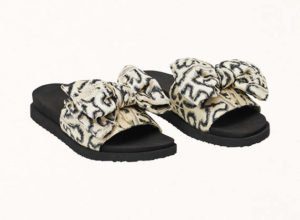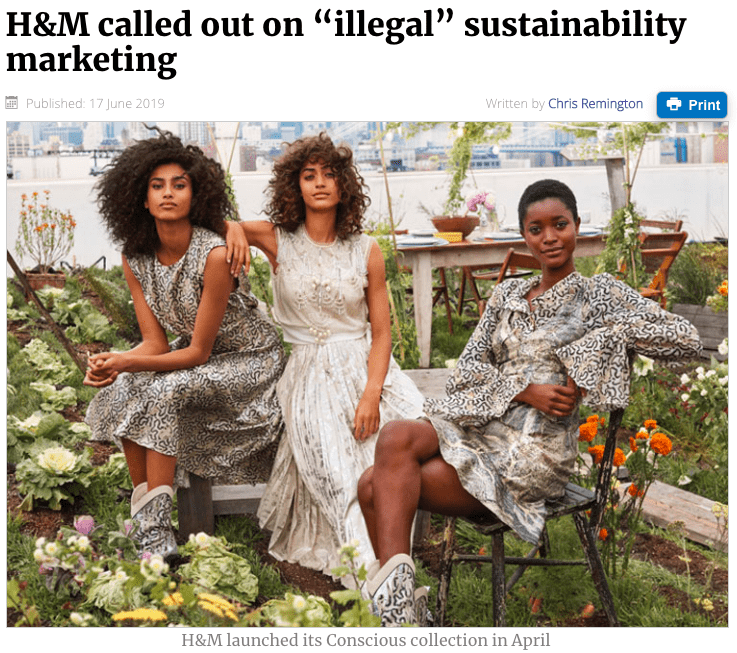Among the brands that recently have assumed responsibility by adhering to programs related to greater transparency in their supply chain, is the Swedish giant H&M, which also has the ‘Conscious Collection’ among its lines, ie capsules made with materials coming from sustainable sources and / or produced with sustainable methods.
Yet it is precisely the latest ‘Conscious Collection’ by H&M, released last April, that came under the lens of the Norwegian Consumer Authority (CA), a Norwegian independent administrative agency which works to influence trading decisions across an array of markets.
This agency, in close collaboration with the Norwegian Broadcasting Corporation (NRK), has criticized what it calls ‘illegal marketing’ from H&M in the promotion of its Conscious Collection, and has demanded the fashion brand apologize to consumers. In particular, according to the CA, the description that H&M makes of the sustainability features of its ‘Conscious Collection’ would violate the Norwegian marketing laws using symbols, statements and colors that would mislead consumers.
But what is the particularity of this new collection, of which you see some looks also in the cover image taken from the original source of the article, the magazine Ecotextile News? As described on the brand’s website, it is a capsule “inspired by the wonders of Mother Earth, its life force and its colors … our most energizing collection, made with three new materials from sustainable sources … citrus peels, leaves of pineapple and algae biomass ”.
The citrus peels are the basis of Orange Fiber, an Italian brand that has patented and produces the first sustainable fabric made from citrus fruits, which has characteristics similar to silk for its luster, lightness and impalpability. The pineapple leaves are transformed into Piñatex, an innovative natural fiber that represents a wonderful alternative to leather, while the algae biomass is called BLOOM ™ and is a flexible foam derived precisely from the biomass of the algae whose production process helps to clean up and restore the environment.


There are dresses, suits, tops, skirts with both fluid and fit lines, decorated with lively prints ranging from flowers to feathers, from aloe vera plants to corals, all coordinated with shoes and bags.
H&M, on the other hand, defended itself by stating that the agency in question would not have the background or expertise to evaluate the clothing collection and emphasizes that the rest of the materials used are also sustainable: recycled polyester, organic cotton, organic linen, Tencel, lyocell, recycled plastic, recycled glass and recycled silver.
Without taking a position on the issue, which is certainly not our task and purpose, we just want to add that H&M is not new to controversies on the subject of “sustainability”; right here, last year, we talked about how the promised increase in wages for workers in third-world factories by the Swedish giant was not revealed. And then other controversies have concerned the unfavorable working conditions of women in the Asian factories of the brand.
If the Achilles’ heel of the brand appears to be its commitment to transparency in the supply chain, in particular with regard to the conditions of the workers, then it would be better, perhaps, to insist that it make significant changes in this sense and applaud, instead, if it aims on sustainable materials of certified origin.


![Mono[PA6] by Freitag, a prova di economia circolare](https://eco-a-porter.com/wp-content/uploads/2024/05/freitag_monopa6_hero_master_16zu9_fin_01.2_0-218x150.jpg)
















